Intel unveils $20 billion plan to revitalise its business
The company’s new foundry service will build custom chips for tech firms and governments
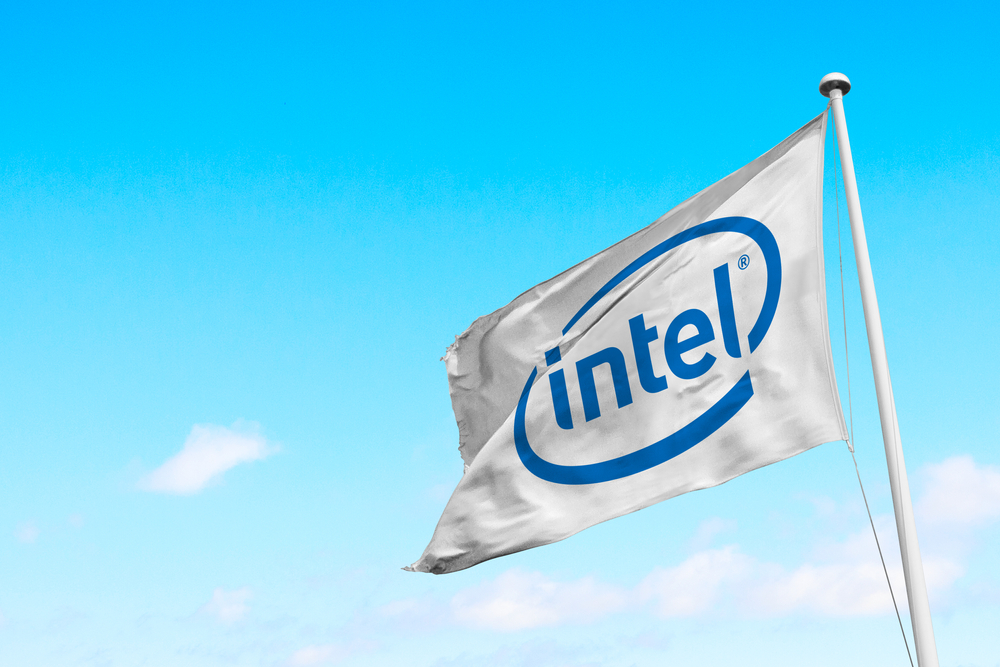

Intel has unveiled a multi-pillared strategy to reinvigorate its business following a troublesome 2020, which comprises establishing two new manufacturing plants and a foundry service.
The company’s recently-appointed CEO Pat Gelsinger has launched Intel's “integrated device manufacturing (IDM) 2.0 vision” that will see the firm expand its own manufacturing plans as well as begin making custom chips for other tech firms.
The US chipmaker will plough $20 billion (approximately £14.5 billion) into two new Arizona-based factories, which is expected to create more than 3,000 permanent high-tech, more than 3,000 construction, and roughly 15,000 local long-term jobs.
This is in addition to the launch of Intel Foundry Services (IFS), which the company hopes will see it become a major provider of foundry capacity in the US and Europe. This will involve the firm making custom chips for tech firms and national governments, competing with the likes of TSMC and Samsung.
“We are setting a course for a new era of innovation and product leadership at Intel,” Gelsinger said. “Intel is the only company with the depth and breadth of software, silicon and platforms, packaging, and process with at-scale manufacturing customers can depend on for their next-generation innovations.
“IDM 2.0 is an elegant strategy that only Intel can deliver – and it’s a winning formula. We will use it to design the best products and manufacture them in the best way possible for every category we compete in.”
Intel has launched its new strategy following a tumultuous year in which it lost its place as the most valuable US chipmaker to Nvidia and delayed its 7nm CPUs to at least 2022, followed by the ousting of its hardware chief.
Get the ITPro daily newsletter
Sign up today and you will receive a free copy of our Future Focus 2025 report - the leading guidance on AI, cybersecurity and other IT challenges as per 700+ senior executives
The expansion of Intel’s manufacturing capabilities will see the company make progress on its forthcoming 7nm CPU codenamed ‘Meteor Lake’ ahead of launch in 2023.
Building on existing relationships with third-party foundries, Gelsinger added that he hopes the firm can grow its manufacturing capacity for a range of components, including products at the core of Intel’s offerings for client and data centre segments, from 2023.
The firm’s plan to build its own foundry business, too, aims to address the heightening global demand for semiconductor manufacturing, which has been squeezed in recent months due to a widespread supply shortage.
Geoff Blaber, CEO of CCS Insight, said the new strategy is evidence of a new, pragmatic Intel, although critics would still argue that elements of these plans aren’t new.
“Intel has talked about opening its manufacturing capability to customers for years but failed to make any considerable progress,” Blaber said.
“Gelsinger needs to prove that this time it’s different, that it fulfils a customer need and that it can sit comfortably alongside Intel’s own manufacturing requirements. Intel needed a clear strategy for manufacturing and innovation leadership. IDM 2.0 and $20 billion is the statement they needed but execution is now critical to close the gap with TSMC and bring customers to its foundry business at scale.”
“TSMC has become the clear leader in advanced semiconductor manufacturing built off the vast scale and growth of the smartphone industry. Intel is adapting its model and acknowledging competitors strengths yet doubling down on the areas where it leads in scale and innovation, such as its 3d packaging technology. This is a new pragmatic Intel born of necessity.”
As part of these wider plans, Intel also hopes to collaborate with IBM in research focused on creating next-gen logic and packaging technologies. This new partnership builds on a 50-year relationship, with the fruits of this labour hoping to unleash the potential of big data and advanced computation.

Keumars Afifi-Sabet is a writer and editor that specialises in public sector, cyber security, and cloud computing. He first joined ITPro as a staff writer in April 2018 and eventually became its Features Editor. Although a regular contributor to other tech sites in the past, these days you will find Keumars on LiveScience, where he runs its Technology section.
-
 Should AI PCs be part of your next hardware refresh?
Should AI PCs be part of your next hardware refresh?AI PCs are fast becoming a business staple and a surefire way to future-proof your business
By Bobby Hellard Published
-
 Westcon-Comstor and Vectra AI launch brace of new channel initiatives
Westcon-Comstor and Vectra AI launch brace of new channel initiativesNews Westcon-Comstor and Vectra AI have announced the launch of two new channel growth initiatives focused on the managed security service provider (MSSP) space and AWS Marketplace.
By Daniel Todd Published
-
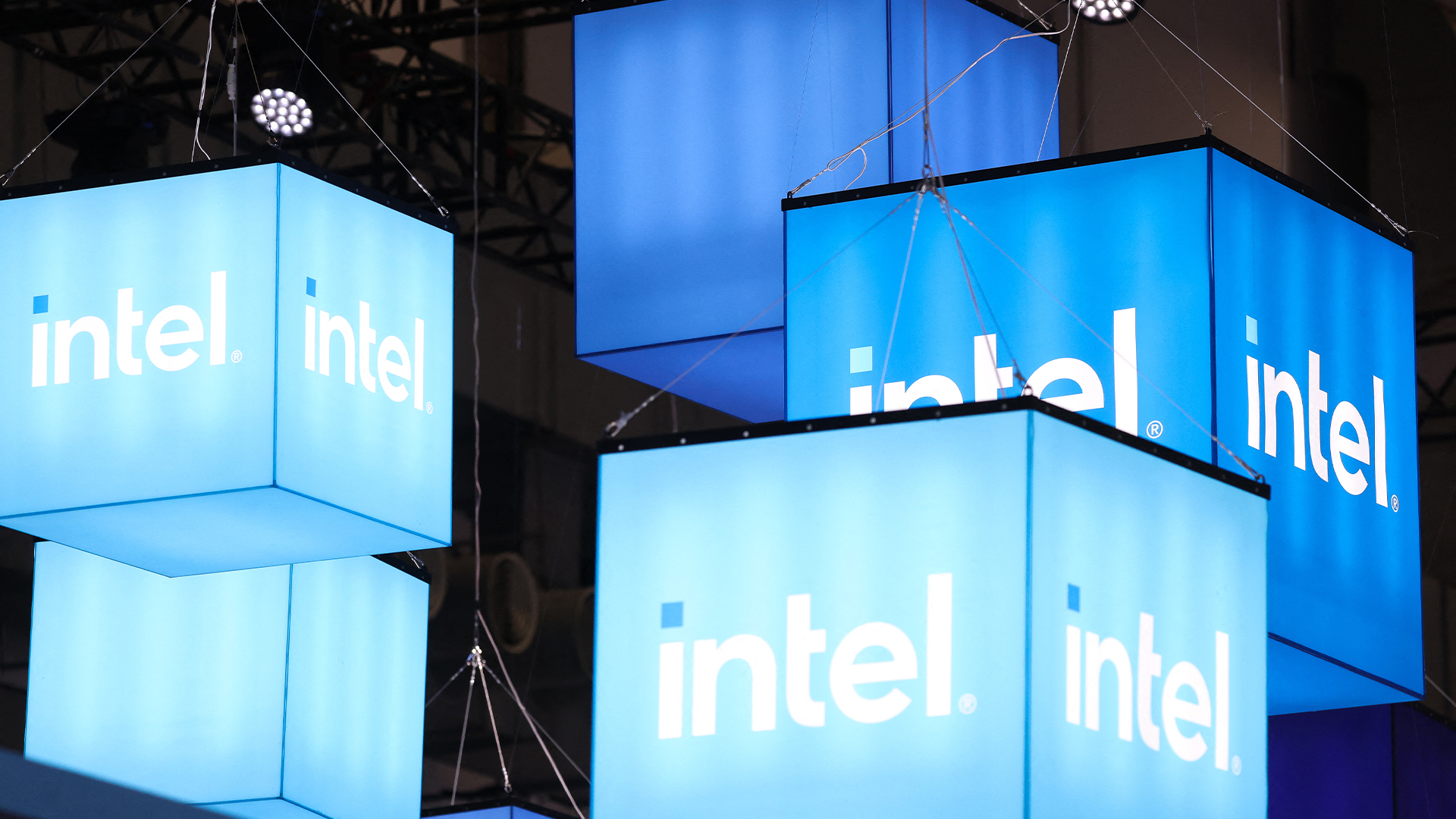 The gloves are off at Intel as new CEO plots major strategy shift
The gloves are off at Intel as new CEO plots major strategy shiftNews Intel’s incoming CEO has some big plans for the firm’s business strategy, sources familiar with the matter have told Reuters, with more job cuts looming on the horizon.
By George Fitzmaurice Published
-
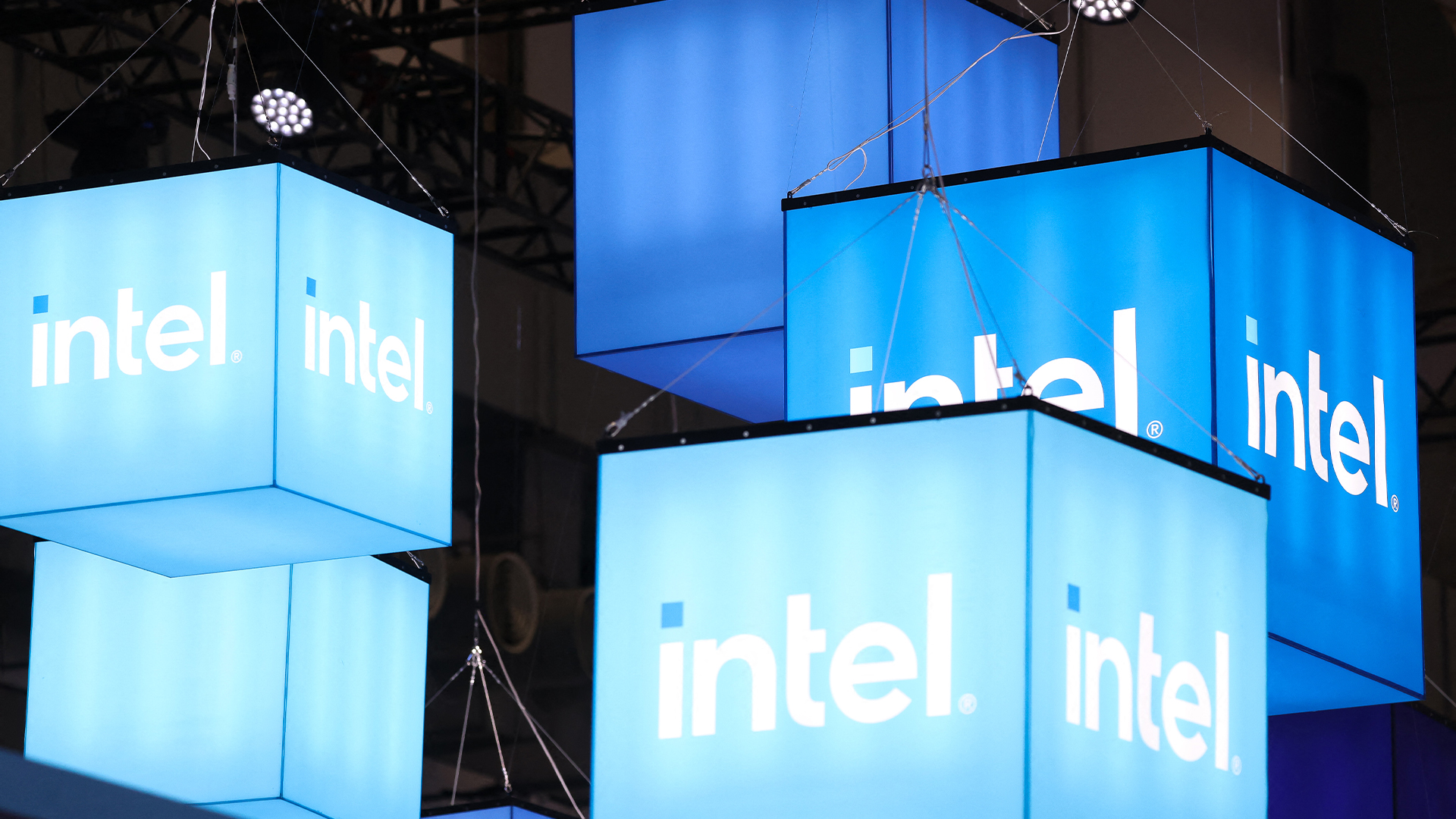 Intel just won a 15-year legal battle against EU
Intel just won a 15-year legal battle against EUNews Ruled to have engaged in anti-competitive practices back in 2009, Intel has finally succeeded in overturning a record fine
By Emma Woollacott Published
-
 AMD and Intel’s new x86 advisory group looks to tackle Arm, but will it succeed?
AMD and Intel’s new x86 advisory group looks to tackle Arm, but will it succeed?News The pair will look to make x86 CPU architecture more interoperable
By George Fitzmaurice Published
-
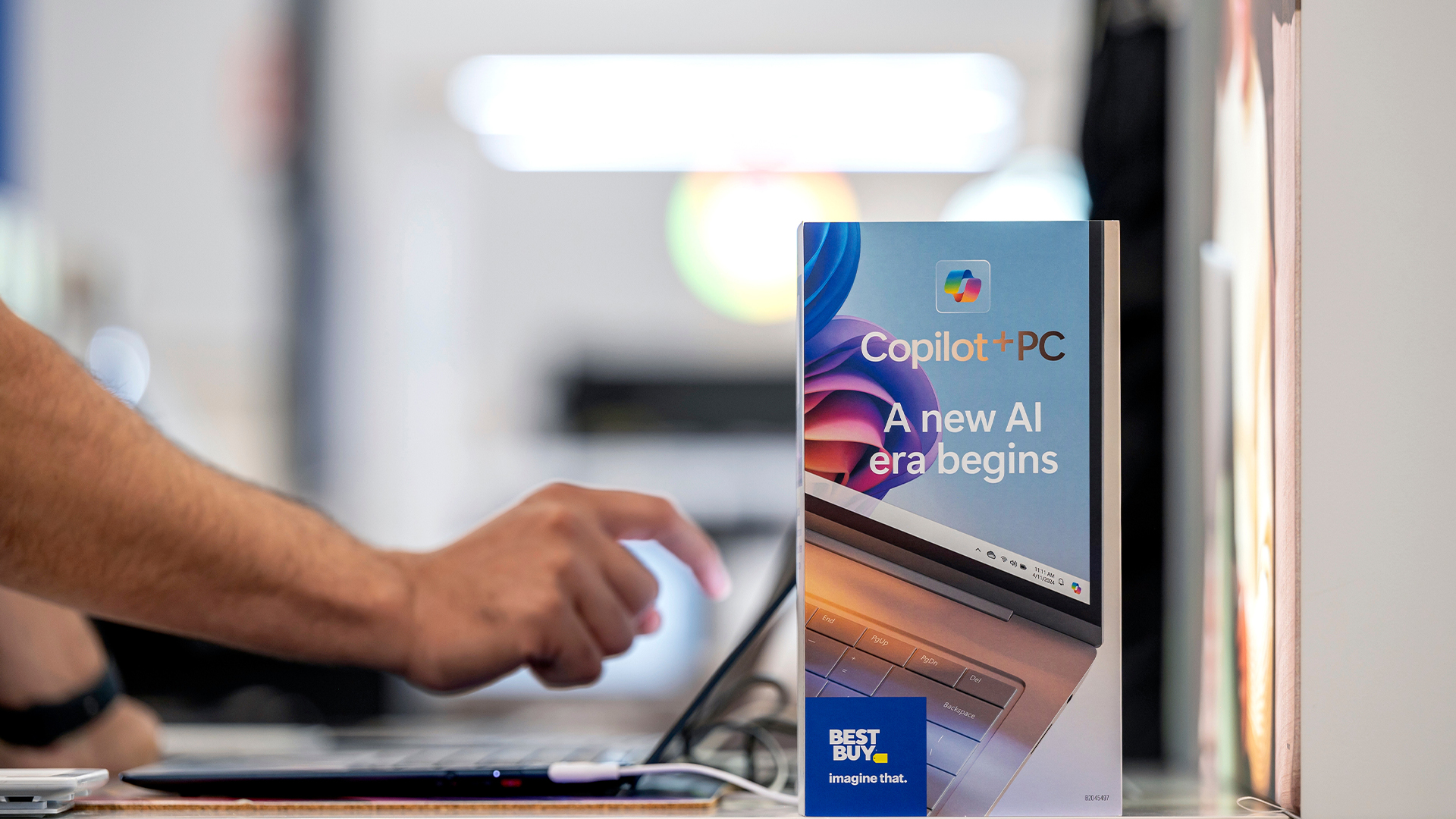 Why the world is about to be swamped with AI PCs
Why the world is about to be swamped with AI PCsNews With adoption rates set to surge, AI PCs will become far more mainstream in years to come
By Nicole Kobie Published
-
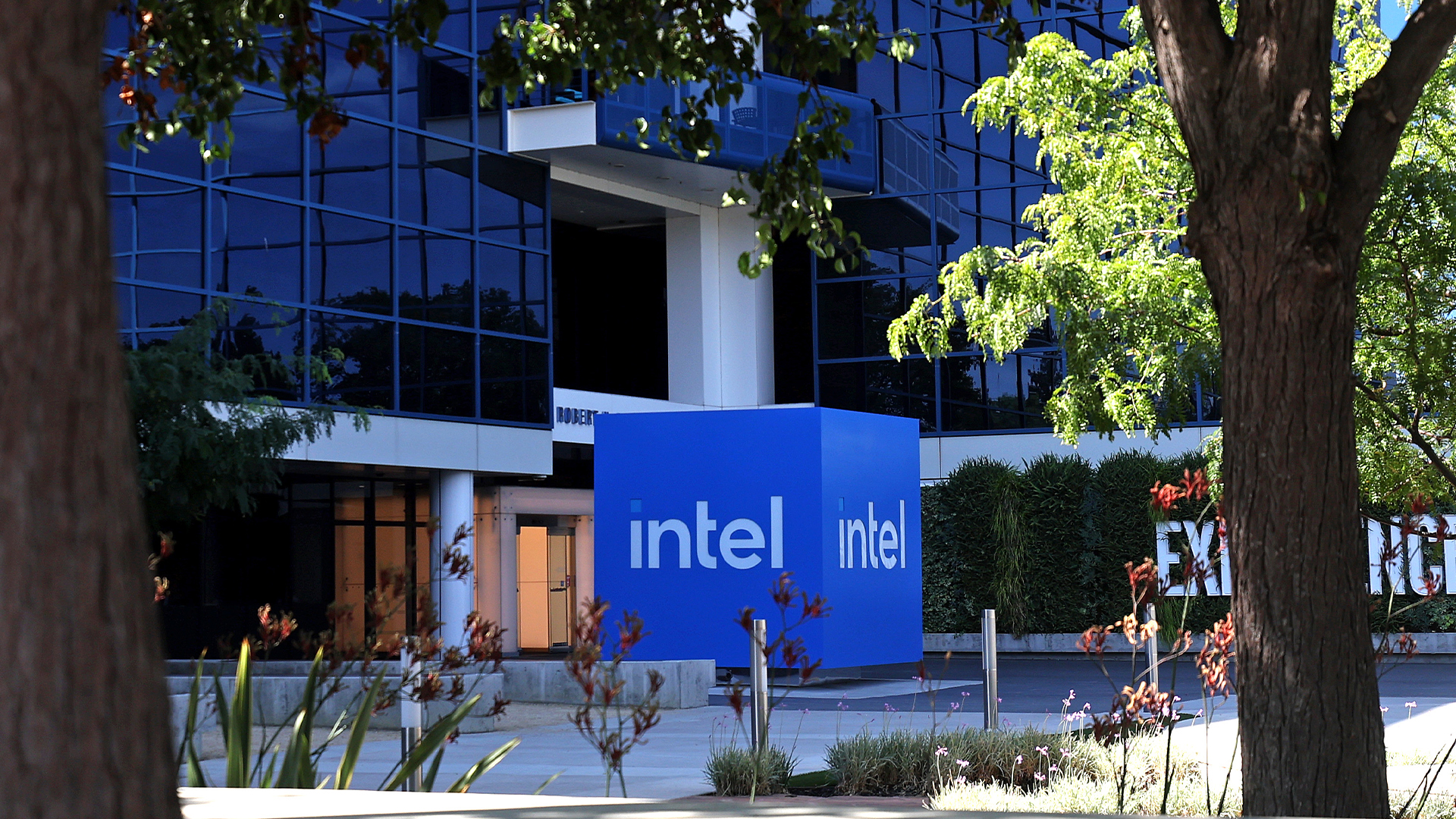 Intel needs to “get its story right” to turn things around and capitalize on the AI boom
Intel needs to “get its story right” to turn things around and capitalize on the AI boomAnalysis Intel has entered a period of uncertainty after announcing restructuring plans and a huge round of layoffs
By George Fitzmaurice Published
-
 How monitors deepen your employee experience and support your distributed workforce
How monitors deepen your employee experience and support your distributed workforcewhitepaper Drive business outcomes by empowering, enabling, and inspiring employees with the right monitors wherever they work from
By ITPro Published
-
 Forrester: Power up your hybrid workplace with monitors
Forrester: Power up your hybrid workplace with monitorswhitepaper Evolve remote work policies into work-and-learn-from-anywhere strategies
By ITPro Published
-
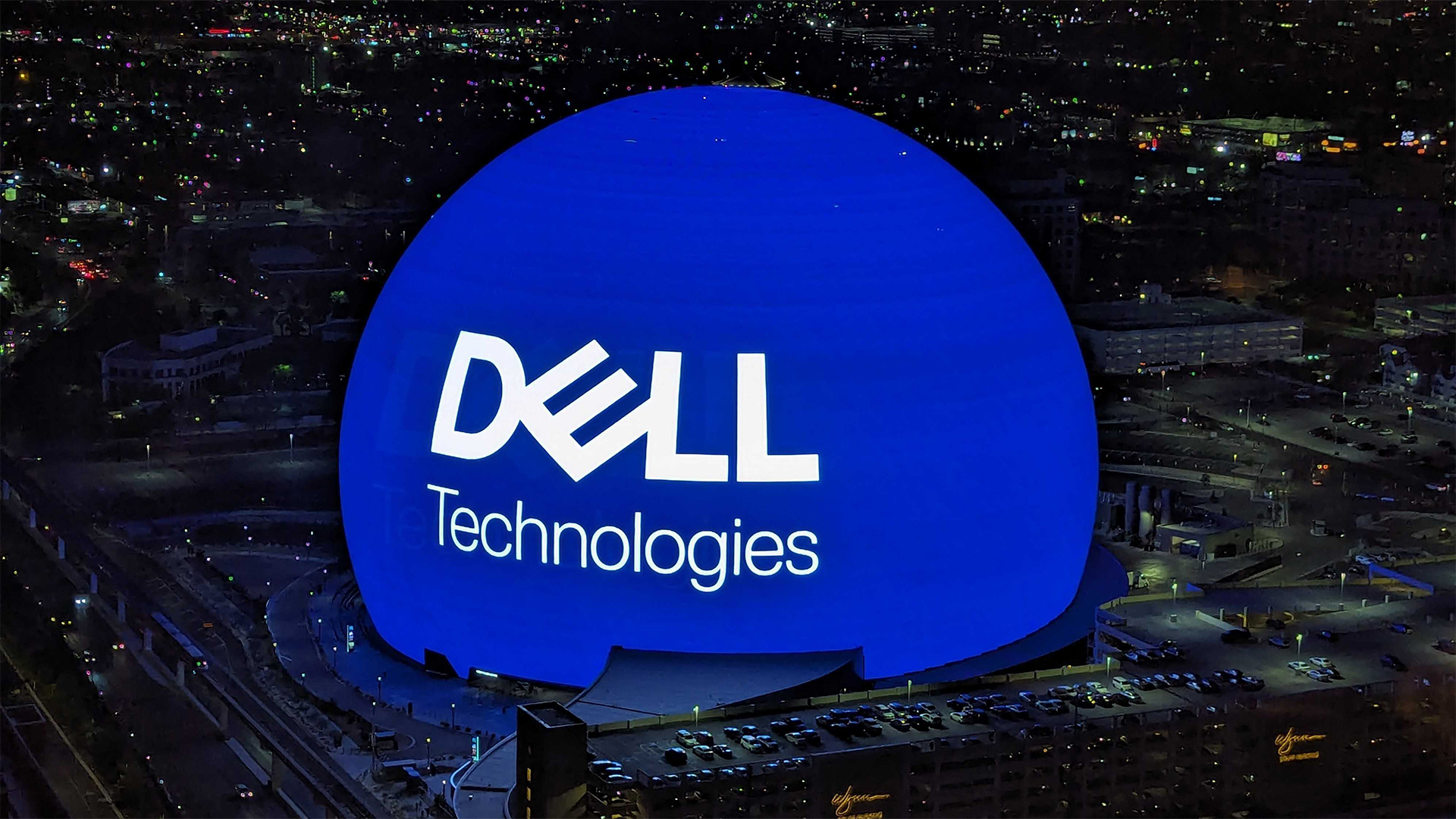 Driving employee experience and productivity across industries
Driving employee experience and productivity across industrieswhitepaper Monitors are an imperative in the hybrid era
By ITPro Published